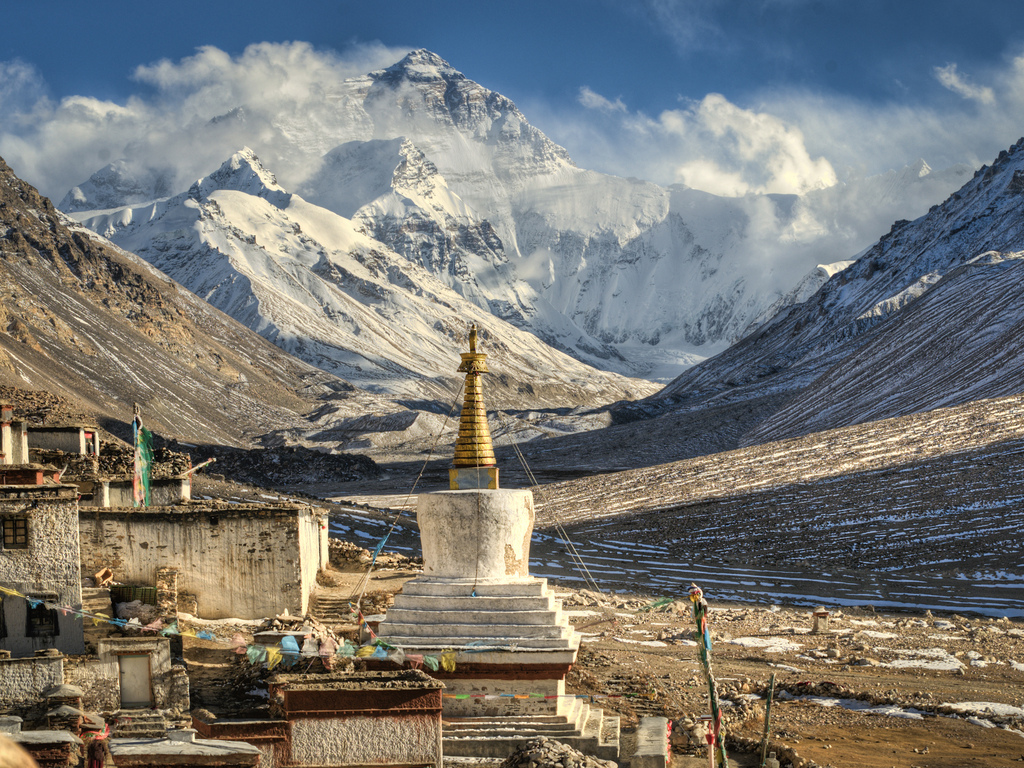Summiting Mount Everest isn’t in the cards for most “mortal” men or women. It’s a bucket list adventure that requires months (or more) of planning, a superhuman training regime, and tens of thousands of dollars of discretionary income. Oh, and it helps to be a little bit crazy too.
Vagabondish is reader-supported. When you buy through links on our site, we may earn a small affiliate commission. Read our disclosure.
Trips to Everest base camp, however, are doable for anyone who’s reasonably fit with an adventurous spirit and a little extra time in their travel schedule. Note that it’s not easy, but it is doable. Here are our top five travel tips for trekking to Everest Base Camp.
Go With a Professional Guide
Some people (my girlfriend is among them) love to plan. There’s nothing that excites these lunatics more than spending hours pouring over maps, researching flight and train schedules, and making packing checklists. For those people, planning an epic trip to Everest Base Camp is a dream. If you’re not one of those people, however, consider going with a guided tour. Spending a couple of thousand dollars for professional help can save you days, even weeks, of complicated planning and headaches.
Train Well in Advance
Whether you decide to go with a professional guide or not, you’ll need to train well in advance. While it’s not as difficult as climbing the mountain itself, getting to base camp is no joke. It’s a strenuous, high-altitude climb in one of the most inhospitable places on earth. Physically and mentally acclimating yourself to hiking in such an extreme environment will also allow you to spend more time enjoying your trip, rather than worrying whether you might need to be carried off the mountain to the hospital.
Factor the Weather Into Your Travel Plans
The weather in Nepal — and especially around Mount Everest — is notoriously unpredictable. Consider adding a few extra days to the beginning and end of your trip. That way, if any of your flights are delayed along the way, you have a buffer to ensure you don’t miss any part of your trip.
Break in Your Boots
This might seem obvious, particularly if you’ve spent any time hiking. One of the best rules of thumb among hikers is to always test your gear at home. For hiking boots, this means not only testing them but fully breaking them in. Put at least 100 miles on them on the hiking trails near home. You don’t want to arrive on the other side of the world, stoked for one of the most epic bucket list adventures only to realize you can’t walk more than 100 feet in your boots.
Prepare to “Rough It”
If you’ve spent any length of time in the backcountry, you already know how to rough it. It should come as no surprise that the facilities in and around Mount Everest, including at Base Camp, are rough. Accommodations along the way typically offer reasonably comfortable sleeping quarters, but the walls are thin or non-existent. Most bathrooms are rarely above “pit toilet” standards. So, if you’re used to a more luxurious way of travel, be prepared to bring your own pillowcase, earplugs, and maybe even a roll of double-ply toilet paper too. Or, as we prefer to do, just deal with it and chalk it up to one of the most epic and unforgettable travel experiences of your life!


